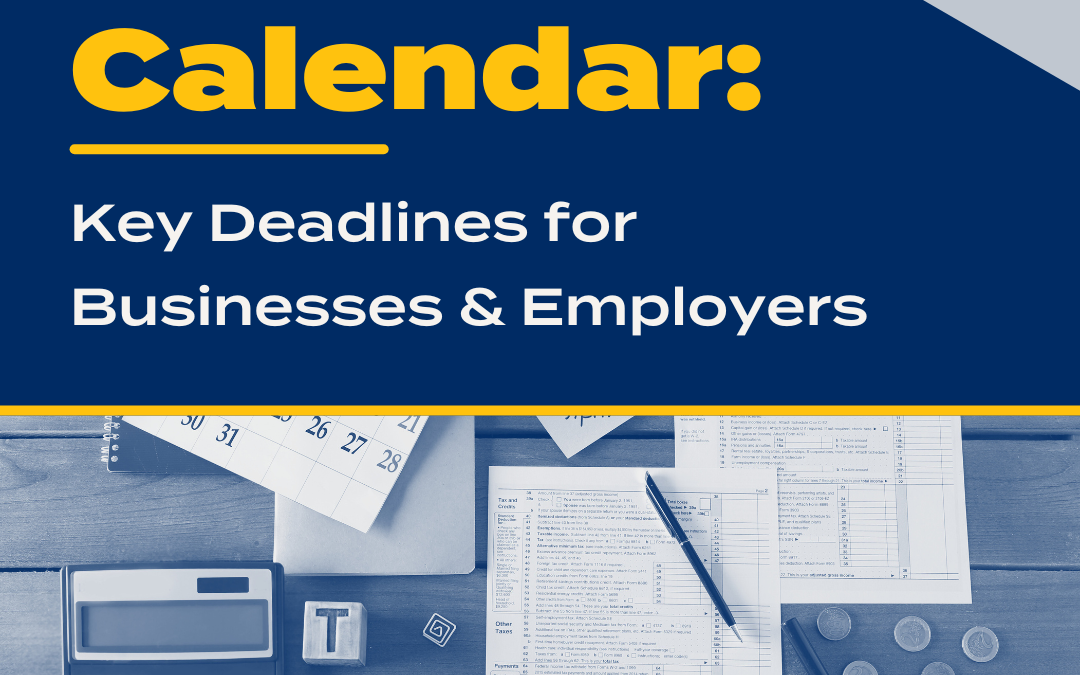Whether it’s your first time going through an audit or you are a seasoned pro, there are a few steps you should take prior to the audit starting. By taking the time to prepare you will be setting the stage for a smooth audit as well as setting yourself up for a limited number of audit adjustments. Below are a few suggestions on ways to prepare.
Step 1: Record Period End Adjustments
Certain adjustments may naturally happen a few times, or even once per year and can easily be overlooked or forgotten.
Cash to accrual entries
- Adjusting accrued salaries and wages and accrued paid time off typically come to mind when thinking of cash to accrual entries, but this category also includes recording accounts payable and accounts receivable.
![]() Review payroll accruals for possible adjustments and review receipts and disbursements made after year end to determine if a payable or receivable should be booked.
Review payroll accruals for possible adjustments and review receipts and disbursements made after year end to determine if a payable or receivable should be booked.
Non-cash entries
- Recording non-cash entries can include depreciation, in-kind contributions, and bad debt expense.
![]() Review outstanding receivables for possible doubtful accounts and adjust the allowance account and bad debt as necessary, discuss in-kind contributions with donors to determine the fair value, and use the prior year depreciation balance to estimate current year if your auditor keeps the fixed asset schedule and you aren’t sure of the exact amount yet. You could also ask for a schedule of projected depreciation to use for this entry.
Review outstanding receivables for possible doubtful accounts and adjust the allowance account and bad debt as necessary, discuss in-kind contributions with donors to determine the fair value, and use the prior year depreciation balance to estimate current year if your auditor keeps the fixed asset schedule and you aren’t sure of the exact amount yet. You could also ask for a schedule of projected depreciation to use for this entry.
Repairs & Maintenance vs Capital Asset
- A common audit adjustment is moving a purchase from expense to asset or from asset to expense.
![]() First review your organization’s capitalization threshold policy and then review the current year activity in the fixed asset accounts and repairs & maintenance, technology, supplies/minor equipment expense accounts to determine if purchases were recorded in accordance with the policy.
First review your organization’s capitalization threshold policy and then review the current year activity in the fixed asset accounts and repairs & maintenance, technology, supplies/minor equipment expense accounts to determine if purchases were recorded in accordance with the policy.
Step 2: Reconciliations
A reconciliation is an accounting procedure that compares two sets of records to check that the figures are correct and in agreement.
Bank Reconciliation
- Compares the register balance and the bank balance.
![]() If you can, complete in your accounting software. Be sure to enter the period end date on the bank statement rather than the date you are completing the reconciliation.
If you can, complete in your accounting software. Be sure to enter the period end date on the bank statement rather than the date you are completing the reconciliation.
Net Assets
![]() Compare in total and by each restriction.
Compare in total and by each restriction.
- In total: The total of all net asset accounts shown in the trial balance should equal the total net asset balance shown on the prior year’s statement of financial position.
- By Restriction: Have a record (a simple spreadsheet often works great!) of the beginning balance of the restriction, the date and amount of any restricted donations received, the date and use of any restricted funds that were spent, and total to find the remaining restriction as the end of the period.
Donor Database vs General Ledger
- Because these two software programs have different purposes, they will often show different contributions received.
![]() Reconcile the contributions by considering receipts on pledge revenue recorded in previous years, in-kind contributions, receivables recorded in the current year.
Reconcile the contributions by considering receipts on pledge revenue recorded in previous years, in-kind contributions, receivables recorded in the current year.
Step 3: Supporting Documentation
Your auditor will likely request a variety of supporting documentation and to alleviate some of the stress on fieldwork days, some of these items can be gathered ahead of time. If you aren’t sure what your auditor is asking for, don’t be afraid to reach out and ask questions ahead of time.
Invoices
![]() Your auditor will likely request invoices for disbursements happening just after year end as well as invoices for disbursements occurring during the audit year.
Your auditor will likely request invoices for disbursements happening just after year end as well as invoices for disbursements occurring during the audit year.
Payroll Records
![]() Gather annual summaries as well as a payroll summary of the first payroll of the following fiscal year (to support payroll accruals) and be ready to provide timesheets and approved pay rates for a sample selected during fieldwork.
Gather annual summaries as well as a payroll summary of the first payroll of the following fiscal year (to support payroll accruals) and be ready to provide timesheets and approved pay rates for a sample selected during fieldwork.
Contribution Support
![]() Support can include letters from donors, grant agreements, and images of checks deposited to the bank.
Support can include letters from donors, grant agreements, and images of checks deposited to the bank.
Step 4: Review Prior Year Audit Adjustments
If one of your organization’s goals is to reduce the number of audit adjustments, a good place to start is reviewing the prior year audit adjustments.
Questions to ask yourself
![]() Does the situation apply again this year? If yes, should I record a similar entry for this year?
Does the situation apply again this year? If yes, should I record a similar entry for this year?
![]() Have I already addressed the situation through period end adjustments or reconciliation adjustments?
Have I already addressed the situation through period end adjustments or reconciliation adjustments?
![]() Does this prior year entry need to be reversed?
Does this prior year entry need to be reversed?
Step 5: Know Your Accounts
Your auditor will likely ask questions about why the current year is the same or different from prior years and the budget.
Knowledge of account balance
![]() Complete a high-level review of each account in the trial balance and have a basic knowledge of why that account has the balance that it does.
Complete a high-level review of each account in the trial balance and have a basic knowledge of why that account has the balance that it does.
Knowledge of changes
![]() Complete a high-level review of each account in the trial balance and have a basic understanding of why that account may differ from the budget and prior year.
Complete a high-level review of each account in the trial balance and have a basic understanding of why that account may differ from the budget and prior year.
Each organization is unique and will require different preparation procedures. If you have questions on how to best prepare for your upcoming audit or how to reduce the number of audit entries, please reach out to your Hawkins Ash representative.





